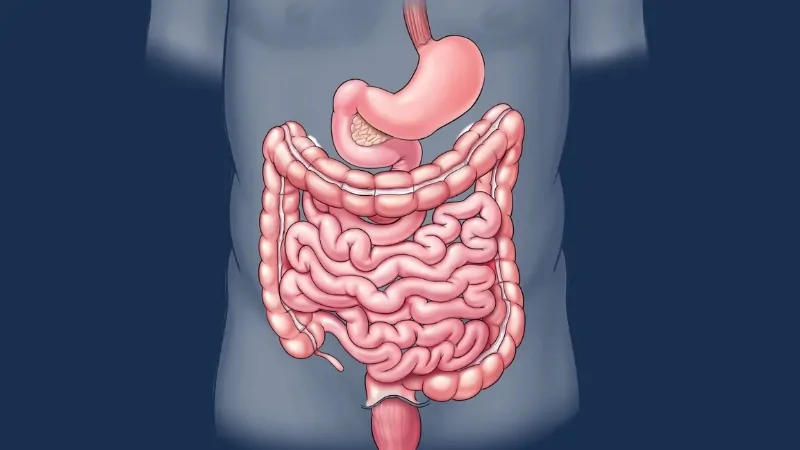Stomach cancer, also known as gastric cancer, continues to pose a significant global health challenge. It ranks as the fifth most common cancer worldwide and is the fourth leading cause of cancer-related deaths globally, with over 1 million new cases diagnosed annually and approximately 769,000 deaths recorded in 2020 alone according to WCRF.
Despite advancements in early detection and treatment, survival rates remain variable and heavily influenced by the stage at diagnosis, patient demographics, and advancements in personalized medicine.
This post provides an in-depth exploration of stomach cancer survival rates, highlighting the role of personalized treatment and the critical importance of early detection.
Table of Contents
ToggleKey Takeaways
Overview of Stomach Cancer
Stomach cancer develops from the lining of the stomach, often beginning as small, precancerous changes in the mucosa before progressing to invasive carcinoma. The majority of stomach cancers are adenocarcinomas, accounting for over 90% of cases according to the American Cancer Society.
Key Risk Factors
Several risk factors contribute to the development of stomach cancer:
Risk Factor
Description
Helicobacter pylori infection
Strongly associated with chronic inflammation and subsequent carcinogenesis.
Dietary habits
High intake of smoked, pickled, and salted foods increases cancer risk.
Smoking
Tobacco use doubles the risk of stomach cancer.
Genetic predisposition
Hereditary conditions like Lynch syndrome and mutations in the CDH1 gene.
Age
The average age of diagnosis is 68 years, with the majority of cases in older adults.
As noted in a study by Silvia Rodrigues published in the Journal of Gastroenterology, addressing modifiable risk factors, such as smoking cessation and dietary changes, can significantly reduce the incidence of stomach cancer as noted by PubMed.
Survival Rates by Stage
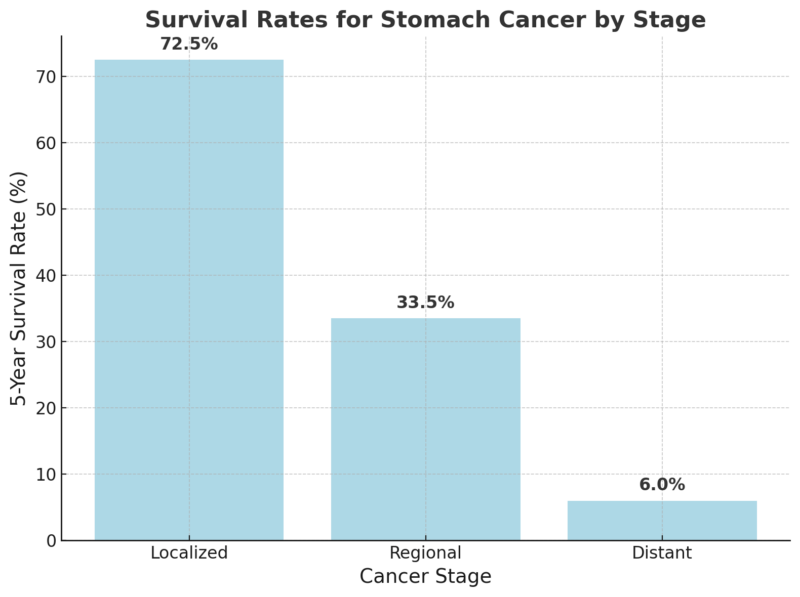
Survival rates for stomach cancer vary significantly depending on the stage at diagnosis. Early detection leads to substantially better outcomes.
Survival Rates: Key Observations
- Patients diagnosed with localized stomach cancer have an 8 to 10 times higher survival rate compared to those with distant metastases according to ACA.
- Advanced diagnostic techniques in high-risk populations, such as Japan and South Korea, have led to significantly improved outcomes as BMC Medicine noted.
The Role of Demographics and Age
Age and ethnicity play significant roles in determining survival outcomes for stomach cancer. According to a 2023 analysis by the Centers for Disease Control and Prevention (CDC):
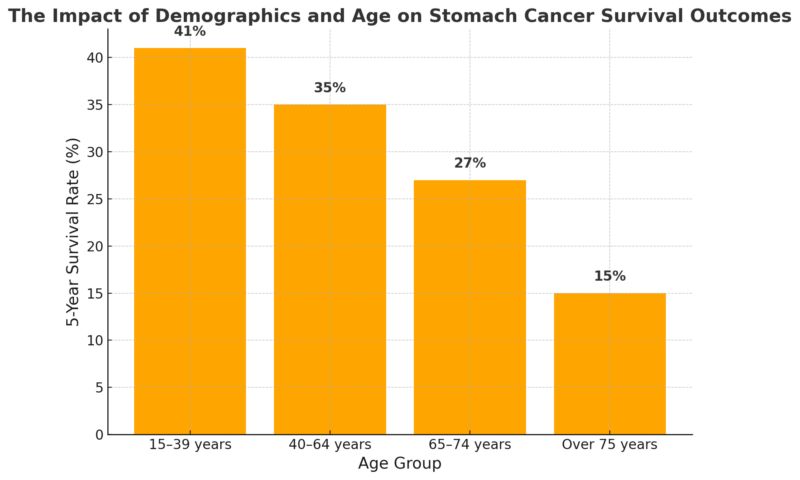
Ethnic Disparities
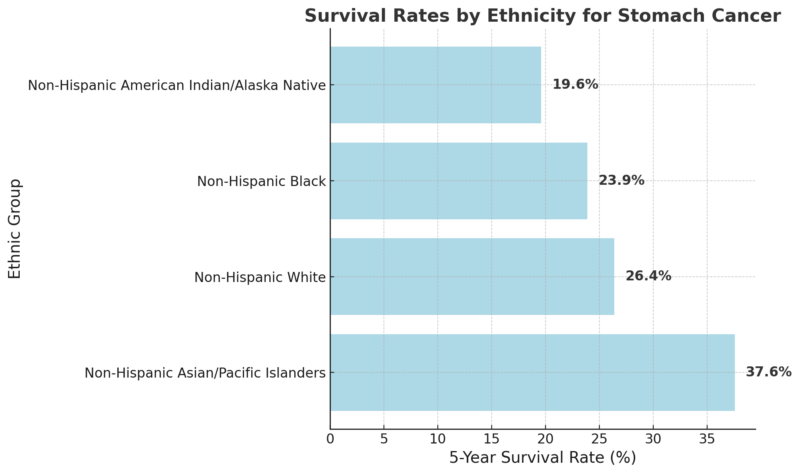
These statistics highlight the need for improved healthcare access, early screening, and tailored interventions for high-risk demographic groups.
Advancements in Personalized Medicine
NCBI notes that personalized medicine involves tailoring treatment to the genetic profile of the tumor and the patient. This approach has revolutionized stomach cancer care by improving treatment efficacy and reducing side effects.
Exploring wellness resources like Wellbel can provide valuable insights into evidence-based approaches to improving health outcomes alongside medical treatments.
Genomic Profiling
Comprehensive genomic profiling has enabled the identification of specific mutations and biomarkers that drive tumor growth. For instance:
Mutation/Biomarker
Targeted Therapy
Impact
HER2/neu overexpression
Trastuzumab (Herceptin)
Improves survival in HER2-positive gastric cancer.
PD-L1 expression
Immune checkpoint inhibitors
Enhances treatment response in metastatic cases.
Microsatellite instability (MSI)
Immunotherapy
Particularly effective in tumors with high MSI.
According to Nature Reviews Oncology, HER2-positive patients treated with trastuzumab had a median overall survival of 13.8 months, compared to 11.1 months for those without targeted therapy.
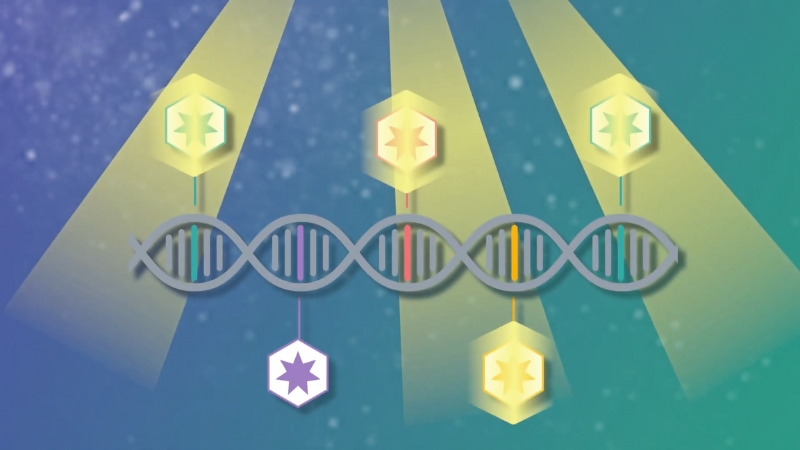
In the pivotal ToGA (Trastuzumab for Gastric Cancer) trial, the addition of trastuzumab to standard chemotherapy significantly improved survival outcomes for patients with HER2-positive advanced gastric or gastroesophageal junction cancer.
Specifically, the median overall survival for patients receiving trastuzumab combined with chemotherapy was 13.8 months, compared to 11.1 months for those treated with chemotherapy alone.
This landmark study established trastuzumab in combination with chemotherapy as a standard first-line treatment for HER2-positive gastric cancer, highlighting the importance of targeted therapies in improving patient outcomes.
Emerging Therapies
Immunotherapy
Adding immunotherapy to chemotherapy has been a “significant advance” in treating gastric cancer, but questions remain, says Samuel Cytryn, MD, a gastrointestinal oncologist at @MSKCancerCenter in New York.https://t.co/VFCLfm1Cfx
— Gastric Cancer Foundation (@GastricCancerFD) November 20, 2024
Immunotherapy, particularly immune checkpoint inhibitors like nivolumab, has shown promise in treating advanced gastric cancer. In a 2023 clinical trial, patients treated with nivolumab plus chemotherapy had a 12-month survival rate of 57%, compared to 43% in the chemotherapy-alone group as noted by the Journal of Immunotherapy.
AI in Oncology
Artificial intelligence (AI) is increasingly being utilized to enhance early detection and optimize treatment. For example:
AI-driven algorithms have been shown to detect gastric cancer with an accuracy of over 90% during endoscopic examinations say experts from Harvard Medical School.
The Importance of Early Detection
Early detection remains the cornerstone of improving survival rates. Techniques such as endoscopic screening and biomarker testing have enhanced the ability to identify stomach cancer in its earliest stages.
Screening Method
Sensitivity
Application
Endoscopic ultrasound
85–90%
Detects tumor invasion depth.
Biomarker tests (e.g., CA-72-4)
70–80%
Identifies circulating tumor markers.
Countries like Japan and South Korea, with nationwide screening programs, have significantly reduced stomach cancer mortality. Similarly, breast cancer mortality has dropped by 44% in regions where early detection and treatment programs are widely implemented.
Methodology
This article was crafted using a comprehensive review of peer-reviewed journals, clinical trial data, and reports from reputable organizations such as the World Cancer Research Fund (WCRF), the American Cancer Society (ACS), and the National Cancer Institute (NCI).
Data on survival rates, demographics, and treatment advancements were sourced from reliable databases like SEER and PubMed. Specific clinical studies, such as the ToGA trial, were analyzed to highlight evidence-based outcomes for targeted therapies.
The content was structured to balance statistical rigor with accessible language, ensuring relevance to both medical professionals and the general audience. Citations were meticulously included to maintain transparency and credibility.
Conclusion
Stomach cancer is a formidable global health challenge, but advances in detection, personalized treatment, and emerging therapies offer hope for improved outcomes. By prioritizing early detection, leveraging genomic insights, and expanding access to innovative treatments, healthcare providers can dramatically improve survival rates and quality of life for patients.
References
- World Cancer Research Fund (WCRF) – Stomach Cancer Statistics
- American Cancer Society (ACS) – What is Stomach Cancer?
- Journal of Gastroenterology – Modifiable Risk Factors for Stomach Cancer
- National Cancer Institute (NCI) – SEER Cancer Statistics
- Nature Reviews Oncology – Targeted Therapies: New Standard of Therapy for HER2-Positive Gastric Cancers?
- BMC Medicine – Improved Outcomes in Stomach Cancer through Screening Programs in High-Risk Populations
- Centers for Disease Control and Prevention (CDC) – Age and Ethnic Disparities in Stomach Cancer Survival
- Journal of Immunotherapy – Efficacy of Nivolumab Plus Chemotherapy in Advanced Gastric Cancer
- Harvard Medical School – New Artificial Intelligence Tool for Cancer Detection
- NCBI – Advancements in Personalized Medicine for Gastric Cancer


